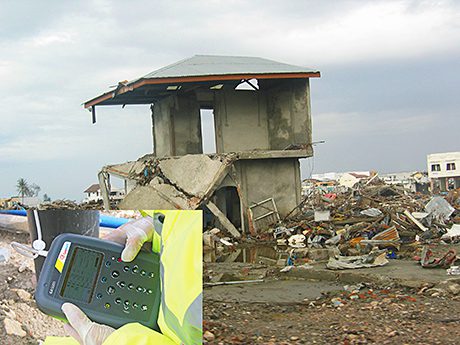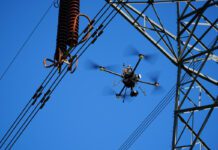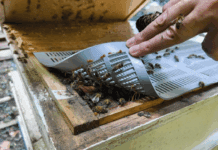
IT may now be two years since a devastating tsunami hit the Pacific coast of Japan, but the clean-up continues.
20 million tons of waste from the tsunami has been collected into about 200 mounds, similar to landfill sites.
Each site is monitored by inserting a 2cm diameter pipe for measuring temperature. The team, led by Dr. Kazuto Endo of the National Institute for Environmental Studies at Tsukuba, are focusing on 10 sites where they are monitoring every two months, sending the results to government.
The main concern is the prevention of fires within the waste sites. Researchers are monitoring carbon monoxide (CO) with a target of less than 50ppm, as well as methane (CH4) and oxygen (O2).
The key factor in controlling gases and, most significantly, fire risk is managing the depths of the waste piles, which are ideally no deeper than 5m. CH4 can be around 30%, particularly in areas which had a lot of food or fish. A combination of unsaturated fatty acids and oxygen can cause temperatures to rise to over 100 degrees. Below 70 degrees the reaction is limited, so the priority is to control temperature. 2,000 tons of waste is treated every day. There were 30 fires in 2011 but only 3-4 during 2012. Monitoring of the site is likely to continue until March 2014 which is the end date for the clean-up. Dr. Endo’s team have been using a GA2000 portable gas analyser supplied by Geotech and are now changing to a GA5000 for landfill and contaminated land, which superseded the GA2000 in 2012.
Images – Above, Fire prevention at the site of the 2011 tsunami requires regular monitoring of gas levels. Inset, The GAS5000 portable gas analyser is designed for monitoring CH4, CO2 and O2 as standard, it can also monitor CO, H2 and H2S, as well as temperature and flow






